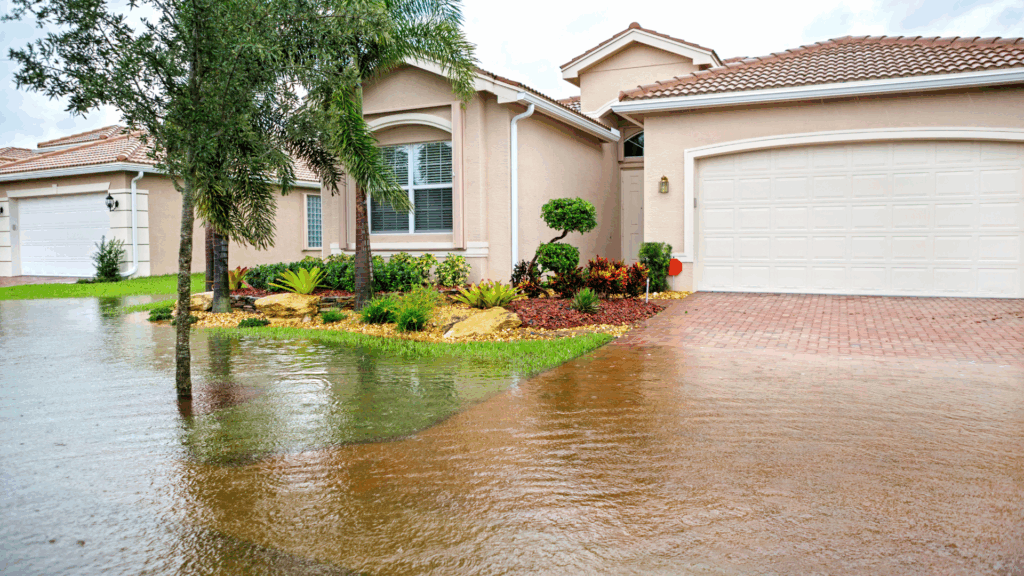
Emergency preparedness for employers isn’t just a good idea—it’s a business survival strategy. As hurricane season intensifies, failing to plan can leave companies scrambling in chaos, risking employee safety, operational collapse, and long-term reputational damage. At BNX Business Advisors, we equip organizations with proactive HR and business continuity strategies to weather any storm.
Hurricanes don’t wait for you to get ready. Every year, businesses—small and large—face devastation not just from wind and water, but from inadequate planning. It’s not just about boarding windows or backing up data. For employers, emergency preparedness requires strategic HR protocols, crisis communication plans, and workforce resilience.

Here are seven common mistakes that can derail your organization’s ability to recover—and how BNX helps you avoid them:
1. No Written Emergency PTO or Leave Policy
During disasters, employees may be unable to work due to evacuations, family responsibilities, or infrastructure failures. Without a clearly written emergency leave policy, you risk legal issues and employee confusion.
BNX Solution:
BNX crafts ADA- and equity-informed PTO policies that ensure fair access to time off while keeping your organization in compliance with labor regulations. We also help communicate policies in plain language to all staff.
2. Lack of a Remote Work and Communication Plan
Hurricanes often knock out transportation and infrastructure. If your supervisors don’t know how to transition teams to remote work—or who to contact first—operations grind to a halt.
BNX Solution:
We develop remote work protocols, chain-of-command communication trees, and cloud-based HR toolkits to ensure business continuity even when offices are offline.
3. No Supervisor Crisis Training
Frontline managers are your first responders inside the organization. Yet, most haven’t been trained on how to lead during a crisis—especially with empathy, structure, and calm.
BNX Solution:
Our 1-Hour Trainings for Supervisors on Leading Through Crisis are perfect for team leads, HR managers, and department heads. These trainings include live or LMS-ready modules, digital templates, and downloadable resource kits.
4. Onboarding Gaps for Temporary or Volunteer Staf
Many businesses rely on volunteers or temporary hires after a disaster—but without proper onboarding, this leads to risk exposure, confidentiality issues, and poor coordination.
BNX Solution:
We provide plug-and-play onboarding kits customized for emergency situations. Each includes intake forms, compliance checklists, confidentiality agreements, and orientation protocols.
5. Ignoring Mental Health and Trauma-Informed Support
Crises can trigger PTSD, grief, and stress-related burnout. Ignoring employee mental health after a disaster leads to increased turnover and poor team morale.
BNX Solution:
BNX integrates trauma-informed frameworks into all HR planning. We help you source appropriate EAPs, structure safe feedback channels, and train leaders on trauma-responsive practices.
6. Failure to Document and Track Workforce Changes During Crisis
Layoffs, reduced hours, relocation, injuries—without a system to track these changes during a hurricane response, your payroll, insurance, and legal obligations could be compromised.
BNX Solution:
Our Client Central dashboard allows secure real-time tracking of workforce changes and compliance actions—so you’re audit-ready and informed.
7. Not Including HR in Emergency Planning
Too many companies leave HR out of the disaster planning room—until it’s too late. But HR is the connector between operations, people, compliance, and communication.
BNX Solution:
We serve as your outsourced HR command center. From updating your emergency handbook to running table-top simulations with leadership, we ensure you don’t just react—you lead.
Why BNX?
At BNX Business Advisors, we do more than HR—we build resilient business infrastructure. Our services extend from emergency policy creation and DEI-informed communications to compliance management and digital onboarding systems. When crisis hits, our clients don’t panic—they pivot.
FAQs
Q: Why do I need an emergency-specific PTO policy instead of a general one?
A: General PTO policies may not account for unexpected, widespread emergencies that disrupt entire regions. A targeted policy ensures consistency, fairness, and legal clarity during hurricanes or other disasters.
Q: We’re a small business. Isn’t emergency planning overkill?
A: Small businesses are often the hardest hit and slowest to recover. With limited staff and resources, you can’t afford to guess. BNX provides scalable solutions that match your size and needs.
Q: Can BNX help us after a disaster has already occurred?
A: Yes—but proactive planning reduces damage and accelerates recovery. BNX also offers rapid-response consulting, compliance audits, and interim HR management for post-disaster operations.
Q: What if we already have an emergency manual?
A: That’s a great start. But does it include updated HR policies, trauma-informed training, and ADA considerations? BNX can audit and refresh your existing documents for today’s realities.
Q: Are your trainings customizable for different industries?
A: Absolutely. Whether you’re in healthcare, education, retail, or government, our trainings and policies are adapted to your compliance needs and organizational culture.
Final Word
Emergency preparedness for employers is about readiness, not reaction. Your employees, your customers, and your business deserve more than hope. They deserve a plan.
Let BNX Business Advisors help you create it.
From customized leave policies to digital onboarding kits and leadership training, we’re your strategic partner—before, during, and after the storm.
